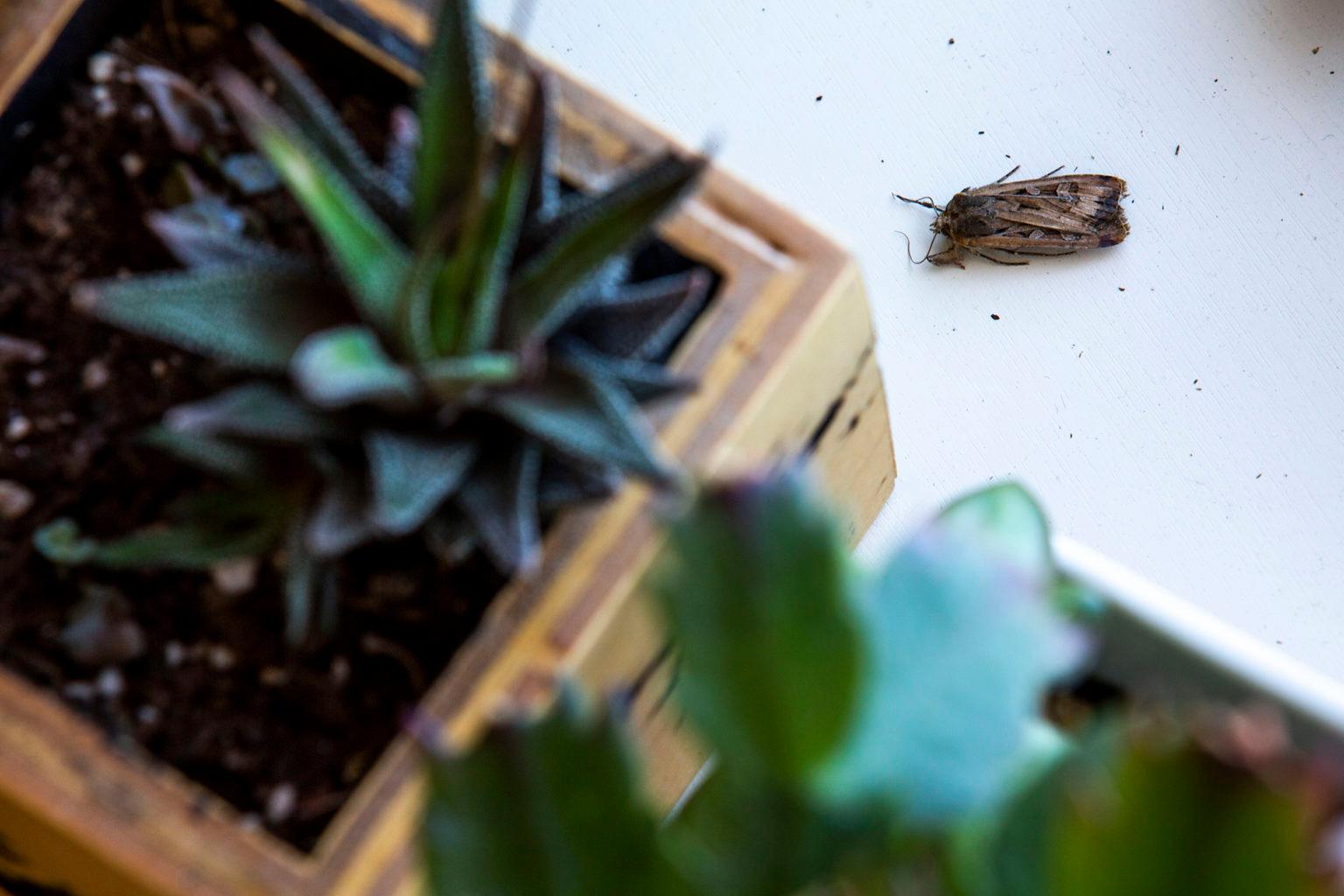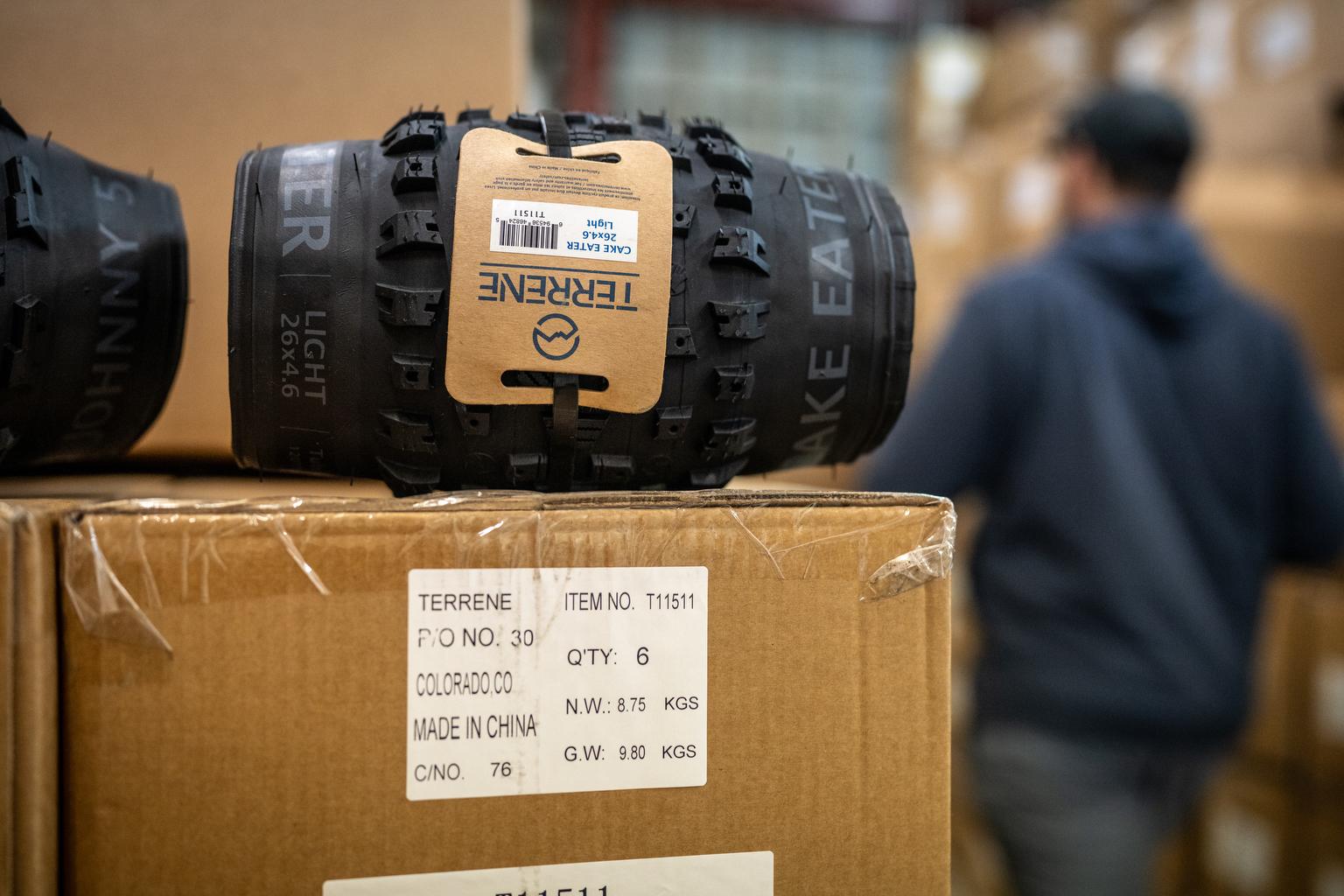
Millions of moths have begun migrating into Colorado Front Range cities, a climate-driven seasonal surge that bug scientists say will reach an exceptional intensity this year, from now until around early July when moths fly up to the mountains.
They play a key ecological role as food for birds, bats, spiders, and bears. They’re night feeders, motivated to suck up nectar through their long-straw proboscis mouths — favoring suburban homes with irrigated lawns and gardens decorated with white and cream-colored flowers.
And rather than brushing away moths or zapping them as pests, experts contend Colorado’s human residents should take a smarter approach — one that also would benefit fireflies, migratory birds and other nocturnal creatures that rely on moon and starlight for navigation.
“Turn off your porch lights,” said Shiran Hershcovich, lepidopterist manager at the Butterfly Pavilion in Westminster, where projects include conservation programs for fireflies and moths.
“When people think of pollution, they often think of ‘classic’ pollution like a chemical plant discharging toxins into a river. But pollution comes in many forms — including artificial light that disturbs nocturnal animals,” Hershcovich said.
“If there’s a light and a hole, moths will find a way in.” When that is a bedroom window leading to a reading lamp, moths repeatedly will hammer into the lightbulb. “They’re using it as a navigational source. They think it is the moon or another celestial object,” she said.
Human complaining about moths has grown practically as predictable as the annual migration.
The lamentation makes no sense, said Maia Holmes, a Colorado State University entomologist who runs the Bug Zoo on CSU’s main campus in Fort Collins — a collection of hundreds of insects and spiders open for public appreciation.
“The whole concept of ‘a nuisance pest’ is annoying. We’re saying they don’t deserve to be here because humans find them annoying? That’s selfish of humans to say another species shouldn’t be here because we find it irritating,” Holmes said.
When moths bang against lights, “have a little compassion” and turn the lights off, she said. “They’re lost and confused, just trying to get somewhere.”
The migration begins on Colorado’s high plains where adult moths lay eggs a centimeter or so underground — lots of them this year due to the relatively mild winter. These hatch in early spring, traditionally March, giving rise to army cutworm caterpillars (Euxoa auxiliaris) the size of a grain of sand. The worms eat through vegetation, cutting through stalks of wheat and corn, rapidly growing to about the size of a child’s forefinger. Then they turn into moths with wings, commonly called “miller moths” due to their fine scales that rub off, resembling the dusty flour on millers’ clothing.
A healthy moth can fly more than 100 miles from the plains to the mountains as high as treeline.
Most won’t make it back. But a few adults return to the plains around September.
Moths are harmless, the scientists said. They don’t carry disease. They cannot sting or bite. Often when many are present, birds follow them seeking food.
So why not squish them anyway?
Moths have developed a defense mechanism called “rectal loading” that is triggered by artificial light. “If they are flapping around in your house, they can ooze a dark fluid onto your walls and clothing,” Holmes said.
This bitter brown liquid isn’t harmful, she said. “It just tastes bad — to discourage you from eating them.”









